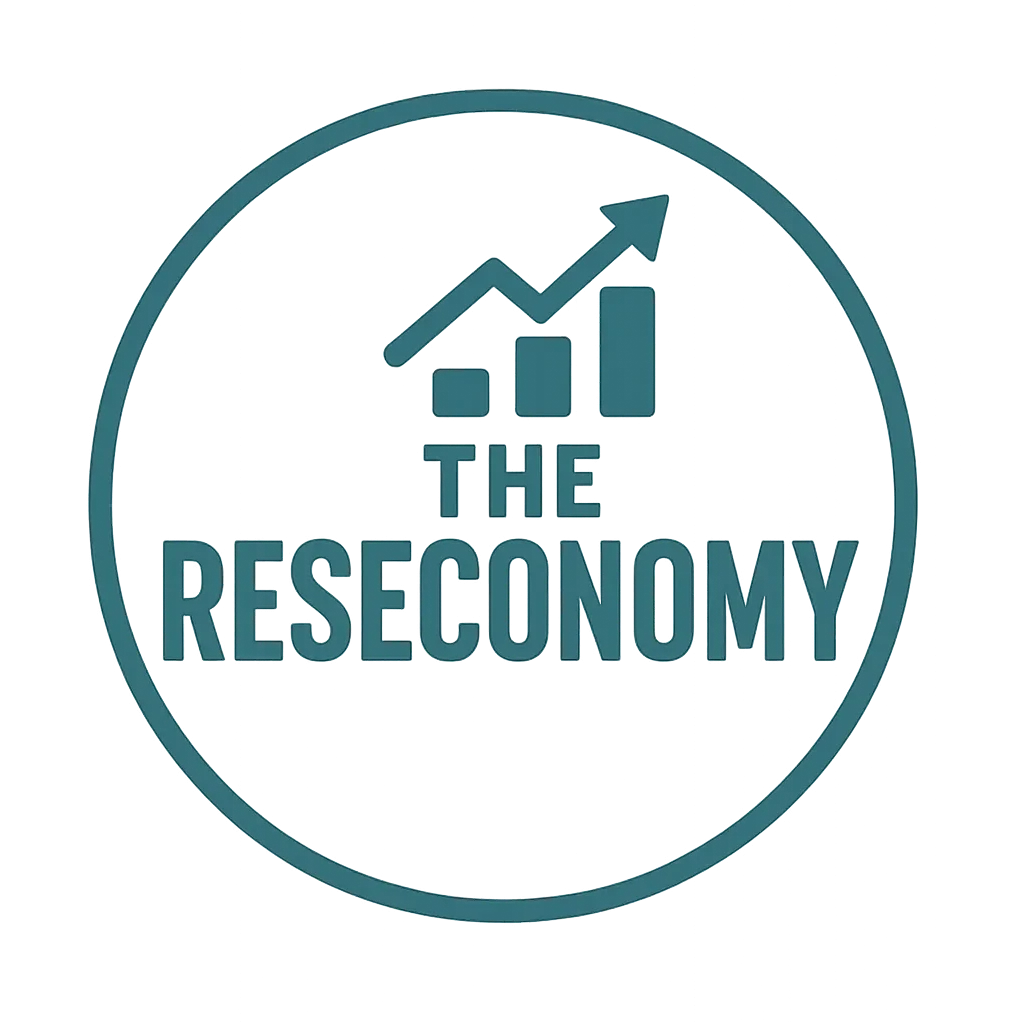In the world of marketing, clarity and simplicity are often seen as the ultimate goals. Brands strive to communicate their value propositions clearly, ensuring that consumers understand their messaging without friction.
But what if a little confusion could actually be a powerful tool?
Enter The Dissonance Strategy—a counterintuitive approach that leverages cognitive tension, unexpected messaging, and controlled chaos to capture attention, deepen engagement, and drive action.
This article explores:
- What cognitive dissonance is and how it affects consumer behavior
- Why confusion can be a strategic advantage in marketing
- Real-world examples of brands using dissonance effectively
- How to implement the Dissonance Strategy without alienating your audience
1. Understanding Cognitive Dissonance in Marketing
Cognitive dissonance, a concept from psychology, refers to the mental discomfort people feel when they hold conflicting beliefs or encounter information that contradicts their existing views.
In marketing, dissonance can be engineered to:
- Disrupt automatic thinking patterns
- Force deeper cognitive processing
- Create curiosity that leads to engagement
For example, if a luxury brand suddenly releases an absurdly low-priced product, it creates tension in the consumer’s mind: “How can this be high-quality if it’s so cheap?” This dissonance can make them investigate further—exactly what the brand wants.
2. Why Productive Confusion Works
A. Breaks Through Habitual Ignoring
Consumers are bombarded with ads daily, leading to banner blindness—automatic filtering of predictable messaging. By introducing something unexpected (e.g., a bizarre ad, a contradictory claim), you force the brain to pause and process.
B. Increases Mental Engagement
When something doesn’t immediately make sense, the brain works harder to resolve the confusion. This deeper processing leads to stronger memory encoding—meaning your brand sticks in their mind longer.
C. Triggers Curiosity & Investigation
If a message is puzzling but intriguing (e.g., “The world’s most uncomfortable shoe”), people may seek answers—clicking an ad, visiting a website, or even discussing it with others.
D. Creates Viral Potential
Unusual, confusing, or contradictory campaigns often get shared simply because people want others’ opinions. (“Did you see this weird ad? What do you think it means?”)
3. Real-World Examples of the Dissonance Strategy
A. Liquid Death: “Murder Your Thirst”
A canned water brand using heavy metal aesthetics and taglines like “Murder Your Thirst” creates dissonance—water is usually marketed as pure and refreshing, not aggressive. This confusion makes it memorable and shareable.
B. Burger King’s “The Whopper Detour”
In 2018, Burger King’s app encouraged users to go near a McDonald’s to unlock a 1-cent Whopper. The absurdity of sending customers to a competitor’s location generated buzz and engagement.
C. Oatly’s “It’s Like Milk But Made for Humans”
Oatly’s bizarre, self-deprecating ads (e.g., “This ad is useless”) clash with traditional dairy marketing, making consumers stop and think.
D. Ryanair’s “Jab & Go” Campaign
During the pandemic, Ryanair promoted cheap flights for vaccinated travelers with the slogan “Jab & Go.” The blunt, almost crass wording created controversy—but also massive visibility.
4. How to Use the Dissonance Strategy (Without Alienating Your Audience)
A. Start with a Strong Hook
Use a headline, image, or concept that breaks expectations:
- Unexpected Pairing: “The world’s quietest headphones… for heavy metal fans.”
- Contradiction: “A gym that lets you eat cake.”
B. Resolve the Dissonance Quickly
Don’t leave people frustrated—provide a payoff. Example:
- Mystery Ad: Shows a car underwater with the tagline “The only car that thrives in floods.”
- Reveal: It’s an amphibious vehicle (resolving the confusion).
C. Leverage Humor or Absurdity
Confusion works best when it’s entertaining, not frustrating.
D. Test Before Full Rollout
Some dissonance can backfire if it’s too jarring. A/B test messaging to see if confusion leads to curiosity or annoyance.
5. When NOT to Use the Dissonance Strategy
- High-Stakes Purchases (e.g., medical services, financial advice)
- Audiences That Value Clarity (e.g., B2B buyers in a hurry)
- When Brand Trust is Fragile (Confusion can erode credibility if mishandled.)
Conclusion: Confusion as a Calculated Tactic
The Dissonance Strategy isn’t about being unclear—it’s about strategically disrupting expectations to create engagement. When done right, it can:
✔ Capture attention in crowded markets
✔ Drive deeper cognitive processing
✔ Spark conversations and shares
The key? Balance confusion with resolution—make people wonder, then reward their curiosity.
Would you try this in your next campaign? Or have you seen a brand use dissonance brilliantly? Let me know in the comments!
Final Thought:
“The opposite of clarity isn’t confusion—it’s boredom.”
If you enjoy the groundbreaking content on this site, consider supporting our work by purchasing one of our Guides. Thankyou for being here either way.
